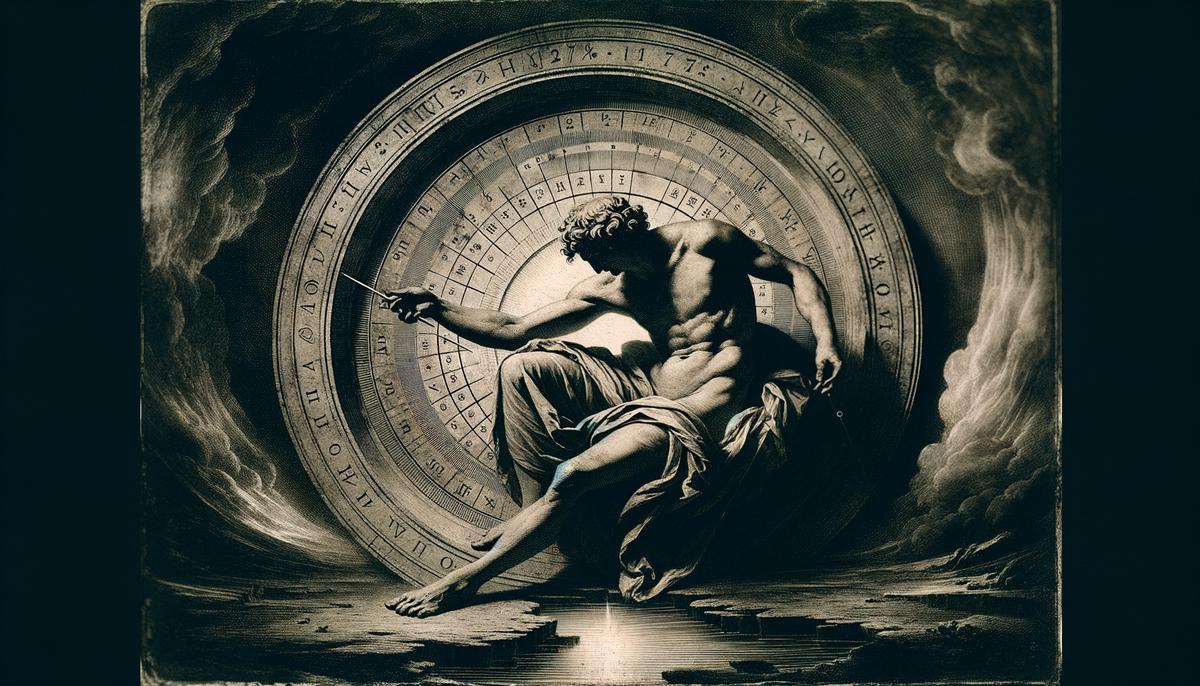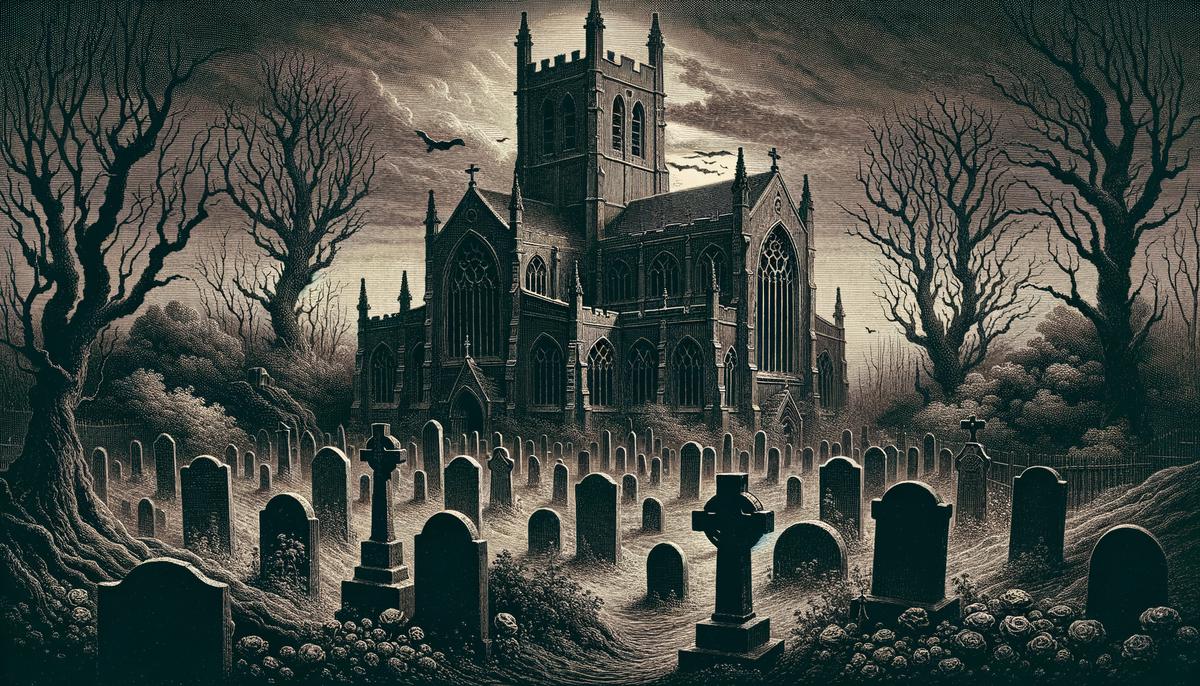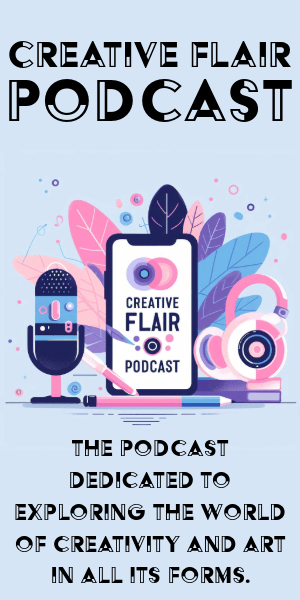Early Life
William Blake was born into a modest family in London in 1757. His mother took on the role of his teacher, guiding him through reading and writing while allowing space for exploration and self-discovery. This deviation from structured learning allowed Blake's creativity to flourish.
Blake's exposure to art came early; by age ten, he was attending Henry Pars' drawing school, a significant step for someone of his family's limited means. The eclectic environment of London, with its blend of industrial chaos and natural wonder, fed his imagination and formed the bedrock of his unique visual style.
Throughout his childhood, Blake reported visions of angels and apparitions, experiences that deeply affected him and infused his work with a spiritual fervor1. These visions provided Blake with a sense of connection to a world beyond the tangible, reflected in his work bridging the gap between the divine and the human.
His apprenticeship under James Basire at age 14 further shaped his craft, introducing him to historical and Gothic artistic influences. During this period, Blake's fascination with the Bible and classical literature deepened, laying an intertextual foundation for his later work.
Blake's unique blend of spiritual vision, artistic skill, and deep-seated nonconformity emerged from the elements of his childhood—quasi-homeschooling, early dive into the art world, mystical visions, and the vibrant backdrop of London—forging a visionary whose work would challenge and transcend the artistic and literary boundaries of his time.
Artistic Style
William Blake occupies a distinct space in the pantheon of great artists and poets, with a style that remains inimitable and an influence spanning centuries. One of the most defining aspects of Blake's oeuvre is his approach to integrating poetry with visual art, achieved through the innovative process of relief etching. This method enabled him to combine his verses with compelling imagery on the same page, blurring the boundaries between literary and visual expression. This fusion enriched the aesthetics of his works and deepened their thematic resonance, making his illuminated books landmark achievements both technically and conceptually.
Blake's style also distinguished itself through its thematic content. At the heart of his work was a fascination with the divine and the spiritual. Unlike his contemporaries who were often restrained by the rationality of the Enlightenment, Blake explored the metaphysical. His works contemplate profound visions of humanity and divinity, journeying into realms beyond the empirical world. His poems and paintings depict ethereal beings and celestial scenes as symbols of transcendent truths and existential inquiries.
Critique of the Enlightenment is another prevailing theme in Blake's body of work. Contrary to the period's emphasis on reason and empirical evidence, Blake championed imagination and intuition as the true windows to the soul and to divine insight. In works like "Newton", Blake criticizes the Enlightenment's valorization of reason over imagination. For Blake, this represented a kind of myopia—a reduction of the world's mystery to cold rationality. His work serves as a counter-narrative to the Enlightenment, advocating for a world where science and spirituality can coexist.
Blake's works also explore the contrary states of the human soul. Recognizing that light and dark, innocence and experience, joy and despair are integral to the human condition, Blake channels these dualities in his art and poetry. "The Tyger" and "The Lamb," for instance, juxtapose predator and prey to probe into themes of innocence, creation, and divine presence in both sublime beauty and terrifying power2. The visual elements accompanying these poems amplify these themes, making Blake's works rich tapestries of meaning and sensation.
What distinguishes William Blake's artistic and poetic style is more than just his technique—it's his vision. Through relief etching, Blake forged a new path in marrying text and image, inviting a more dimensional experience of poetry and art. His thematic explorations, from the metaphysical to critiques of contemporary thought, revealed the complexities lying beneath perceived reality. Blake carved out a unique niche for himself—a genius whose style defies categorization, captivates the imagination, and moves the spirit.

Political and Social Views
William Blake stands as a beacon of radical thought and visionary brilliance, mirrored across the canvas of his work. His views, particularly those regarding revolution, freedom, and a critique of institutional religion and state, wove through his poetry and art, capturing the tumultuous spirit of his time.
At the core of Blake's philosophy was a belief in human liberty and the sanctity of the individual's conscience. This ethos is encapsulated in "America: A Prophecy" and "Europe: A Prophecy," where Blake aligns with the revolutionary energies of America and France, elevating these uprisings as necessary revolts against tyrannical forces. Through allegorical and mythical narratives, Blake's work transcends mere political commentary, becoming a meditation on the nature of revolution and the conflict between oppression and liberation.
Blake's relationship with institutional religion — complex, critical, yet spiritual — adds depth to his work. His criticisms were against dogmatic, institution-bound practices which, in his eyes, stifled true divine communion and spiritual freedom. "The Garden of Love," with its imagery of graves replacing flowers in a church-bound garden, embodies this critique, portraying organized religion as a usurper of joy and innocence.
Blake's critique of the state and its apparatuses of control and conformity was equally penetrating. In his artistic universe, the state is an entity complicit in enforcing social stratification, stifling creativity, and perpetuating suffering. His portrayals feature stark visualizations of these constraints — chains, blindfolds, and oppressive atmospheres — urging an awakening to the invisible prisons erected around the human spirit.
Yet, amid these critiques lies Blake's optimism for humanity's potential. His work, dense with prophetic visions and spiritual yearnings, speaks to an inherent belief in the transformative power of human imagination and the possibility of a new Edenic existence. This balance between criticism and hope is captured in "Jerusalem: The Emanation of the Giant Albion," where amidst the despair of England's "dark Satanic Mills," Blake invokes the building of Jerusalem, a metaphorical city of liberty and human fraternity.
Through his radical political and social views, Blake held up a mirror to society — not to show an unblemished reflection but to reveal deep-seated blemishes needing acknowledgment and healing. This mirror, chiseled with the tools of visionary artistry and radical thought, urged a breaking of chains, advocating for a world reborn through freedom, creativity, and authentic spiritual engagement.
Blake's melding of critique with optimism makes him a timeless figure whose works continue to resonate, challenge, and inspire. Embodying the essence of revolution, his creations remain not just artistic artifacts but incarnate calls to awaken to the boundless potential within and around us.

Legacy and Influence
Although during his lifetime William Blake may have walked the streets of London in obscurity, today he resounds through art and literature as a colossus of the Romantic movement. This transformation from an underrated genius to a seminal influence is a narrative of renaissance – a testament to the eternal flames of visionary brilliance and radical thought that outlive their temporal constraints.
Blake's legacy, nestled within his illuminated manuscripts, paintings, and poetic verses, sowed the seeds for future generations of artists, poets, and thinkers who found in his works a wellspring of inspiration. This legacy transcends the Romantic era, extending into various cultural and thought movements that followed.
In art, Blake's innovative technique of relief etching revolutionized the interplay between text and image, offering a holistic canvas where every stroke and word held meaning. The Pre-Raphaelites drew upon Blake's artistry, seeing in his fusion of natural world observations and spiritual introspection a mirror to their own aspirations. Contemporary artists like Samuel Palmer and even the surrealist movement found in Blake's mystic symbolism and rejection of conventional reality a kindred spirit.
Literarily, Blake's influence is a fertile ground from which various branches of poetic and narrative exploration sprouted. His themes of innocence versus experience, freedom, and spiritual transcendence have echoed through the ages, influencing figures such as W.B. Yeats, who admired Blake's work and was instrumental in bringing it back to public consciousness3. The Beats of the 20th century, with their rejection of conventional values and deep spiritual hunger, also drank from the well of Blake's visionary poetics. Allen Ginsberg famously had a 'Blakean' vision that shaped much of his work and philosophical outlook.
Blake's critique against the mechanization of humanity and his emphasis on individual imagination as a revolutionary force found resonance with future ideological discourses. His works encouraged a reevaluation of societal norms and inspired movements that sought to liberate the human spirit from the shackles of industrialization and oppressive governance.
Perhaps Blake's most profound legacy lies within his testament to the power of the imagination. In a world increasingly defined by empirical evidence and rational thought, Blake's assertion of visionary perception and spiritual exploration serves as a beacon for creative souls challenging the status quo. This revolutionary spirit galvanizes not only those within artistic circles but also social activists, philosophers, and scholars looking to reimagine the fabric of society.
Despite his historical inception as a figure largely misunderstood and relegated to the margins, William Blake now stands recognized as a pivotal figure of the Romantic era and a timeless icon whose works offer a perennial source of inspiration. His voice, once drowned out amid skepticism and societal indifference, now echoes through the ages – a resounding call for freedom, imagination, and transcendence that continues to kindle flames in the hearts of those who dare to dream beyond the visible horizon.
William Blake's legacy endures as a testament to his genius and as a luminous thread weaving through the tapestry of human creative endeavor – a beacon that guides artists, poets, and thinkers towards the infinite realms of possibility.
William Blake's legacy is not just a reflection of his genius but a beacon for future generations. His ability to intertwine text and image, coupled with his insights into human nature and society, continues to inspire artists, poets, and thinkers worldwide. Blake's work reminds us that the essence of creativity lies in its capacity to challenge, illuminate, and transcend the ordinary, urging us to envision a world beyond the visible horizon.
- Damon SF. A Blake Dictionary: The Ideas and Symbols of William Blake. Hanover, NH: University Press of New England; 1988.
- Ackroyd P. Blake. London: Sinclair-Stevenson; 1995.
- Frye N. Fearful Symmetry: A Study of William Blake. Princeton, NJ: Princeton University Press; 1947.
























